Today, the sustainable fashion movement is fast becoming a narrative of change and responsibility, where each designer (and we might add, each consumer) tells a different part of the story. Recently, I attended a panel discussion at the Copenhagen Fashion Summit—a must-attend event for anyone serious about sustainable design. There, I found myself captivated by the words of designers who aren’t simply chasing after the next big thing.
Instead, they—and many others like them—are committed to rethinking and reshaping the industry. Events like this, where influential names like Gabriela Hearst and Stella McCartney hold the stage, don’t tend to be about what’s “in” or “out.” Instead, they’re more often about what’s responsible and right for our planet. A few months ago, I got to see the introduction of a new collection by Reformation during New York Fashion Week.
Unlike many of the fast-fashion trends that dominate the runway, this collection was a testament to a meticulous process that prioritized sustainable materials and perfectly sound (if not super exciting) production practices. The models moved with a sort of confident, quiet choreography that highlighted the clothes much better than the standard runway strut. They had on dresses made from organic cotton and recycled materials, and (as far as I could tell) they were also walking in a pretty great eco-friendly fashion.
I recall sauntering through the increasingly eco-conscious streets of Manhattan after the show. Femininity in fashion came to the fore in so many of the pieces on display, something I was about to encounter firsthand when I stepped into the Lower East Side boutique that specializes in vintage and upcycled pieces. Their stylish, seemingly new apparel is actually old clothing repurposed—indeed, designed—by a young woman who met me in the first room of the shop.
The best way to describe her story is to let her tell it. “My grandma was a real character,” the designer said. “She moved to New York City in 1969 from a small town in the Midwest.
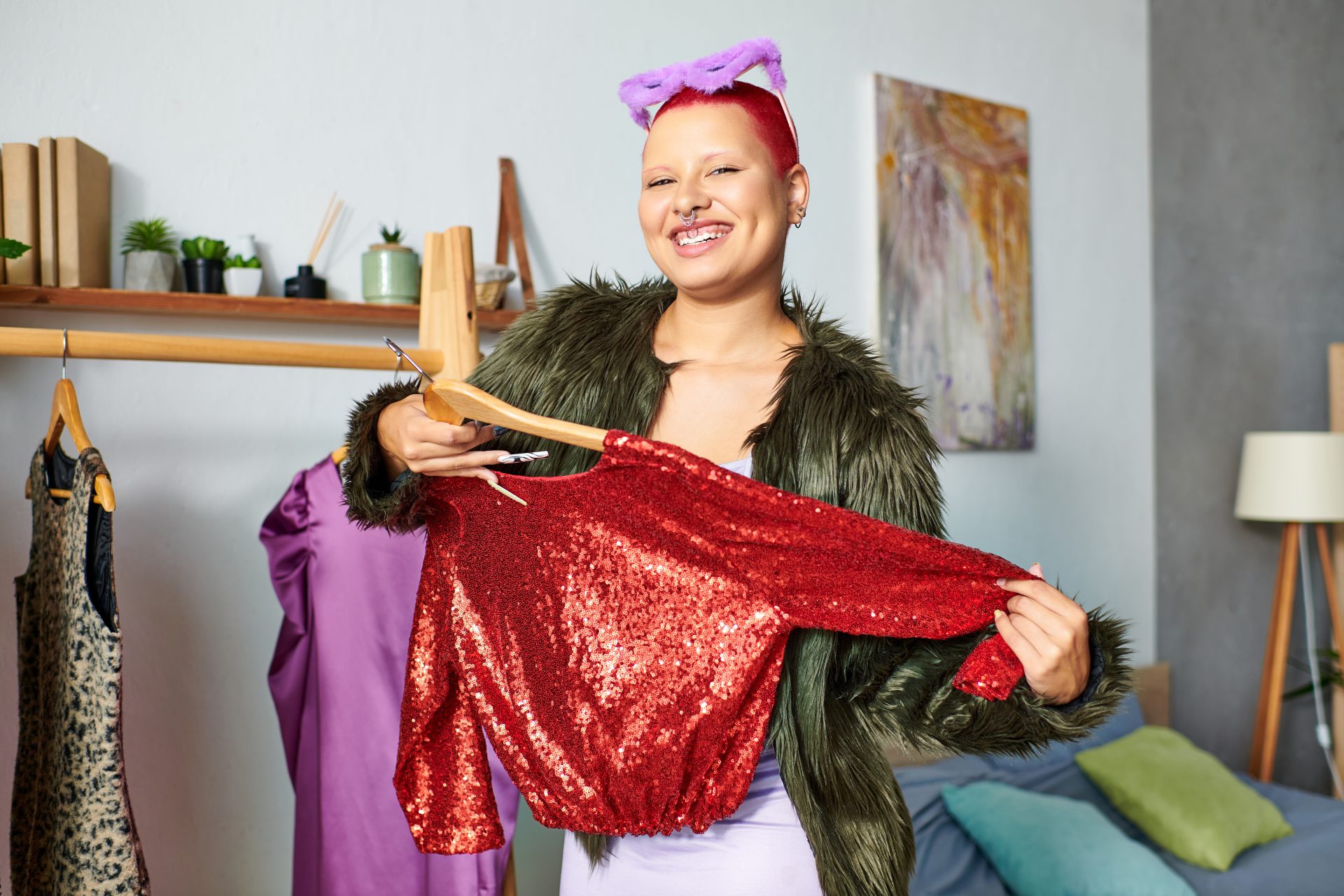
She brought with her some really amazing vintage pieces, like this Claude Montana jacket, which was a big deal back in the 1980s. My grandma wore some stuff that was super fabulous.”
Also visible in the almost ludicrous symbiosis of sustainable design and high-fashion publicity events is the influence of sustainable designers. When I attended a gala for a charity dedicated to protecting the oceans, I spied sustainable fashion—worn by celebs like Emma Watson and Leonardo DiCaprio, who were outfitted in Eco-Wed (Eco-Friendly Reimagined Wedding) looks and Best & Prettiest (Eco-Friendly Reimagined Outfit) ensembles.
My favorite look of the night? It was a sustainable vision by a newly risen designer of sustainable couture. She told me her eco-friendly dress was made entirely from repurposed silk.
She used Claire McCardell-esque patchwork to lend the dress as many stories as possible. And from this experience, I harken back to why sustainable fashion really matters. It’s because it has a pulse and a heart and is capable of rendering human silhouettes as heavenly figures again.
Conversations with industry insiders indicate that the future of fashion is its ability to evolve responsibly. I recently talked to an executive from Eileen Fisher, a brand that has been at the forefront of sustainable practices for years. She told me that what used to be called “style” has now evolved into a strange combination of not just lovely design, but also something beautiful’s “story.” Fischers’s perspective is as follows: “Our customers are no longer satisfied with beautiful designs alone.
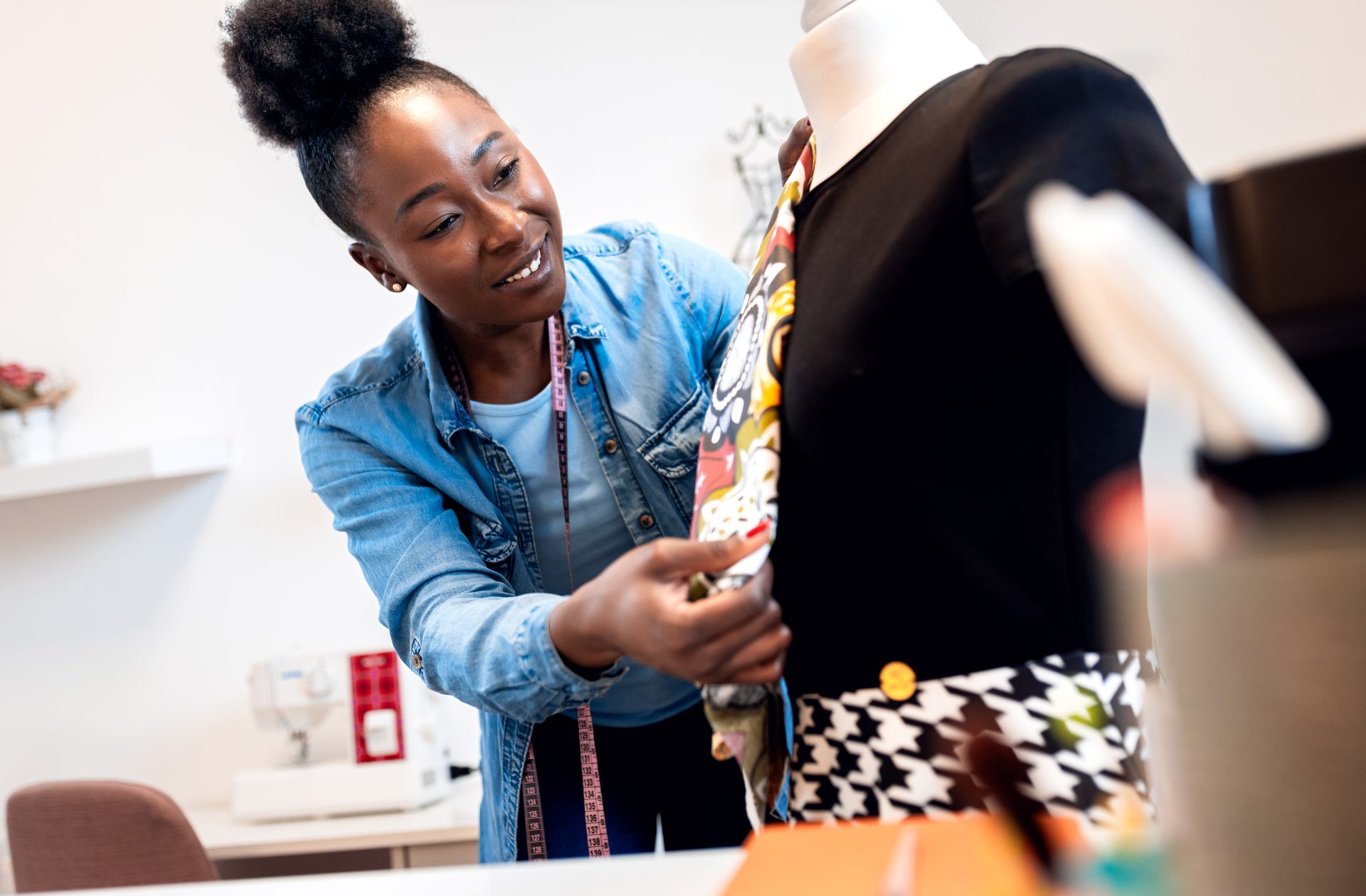
They want to know the story behind every piece—the journey from raw material to finished product, and the impact it has on our world.”
Certainly! Here’s a rephrased version of the text provided:
High-profile events and well-established luxury brands undoubtedly have pushed eco-friendly fashion into the limelight. But grassroots movements are the unsung heroes propelling sustainable fashion forward.
Small boutiques and independent designers in places like Brooklyn and the Bronx are championing local sourcing and employing artisans who have a long-standing, close-to-home tradition of making sustainable pieces. At a pop-up market I visited in Williamsburg, I came across handwoven scarves and eco-friendly denim sewn together using generations-old techniques. These are sustainable pieces, for sure.
But the direction these businesses are taking—and the pride the entrepreneurs have in their locally made, one-of-a-kind collections—recast sustainable fashion as a “homespun” movement rather than a trend. The compelling aspect of this movement is its inclusivity. Sustainable fashion is not a trend for just a few; it’s a universal call to action.
It’s not something reserved for a luxurious runway show in Paris, or driven by the squalid underbelly of couture. It’s a movement that can speak to anyone in the world, no matter their economic state. And I’ve seen it played out by individuals who aren’t even on the fashion radar, individuals making their own clothes or thrifted finds.
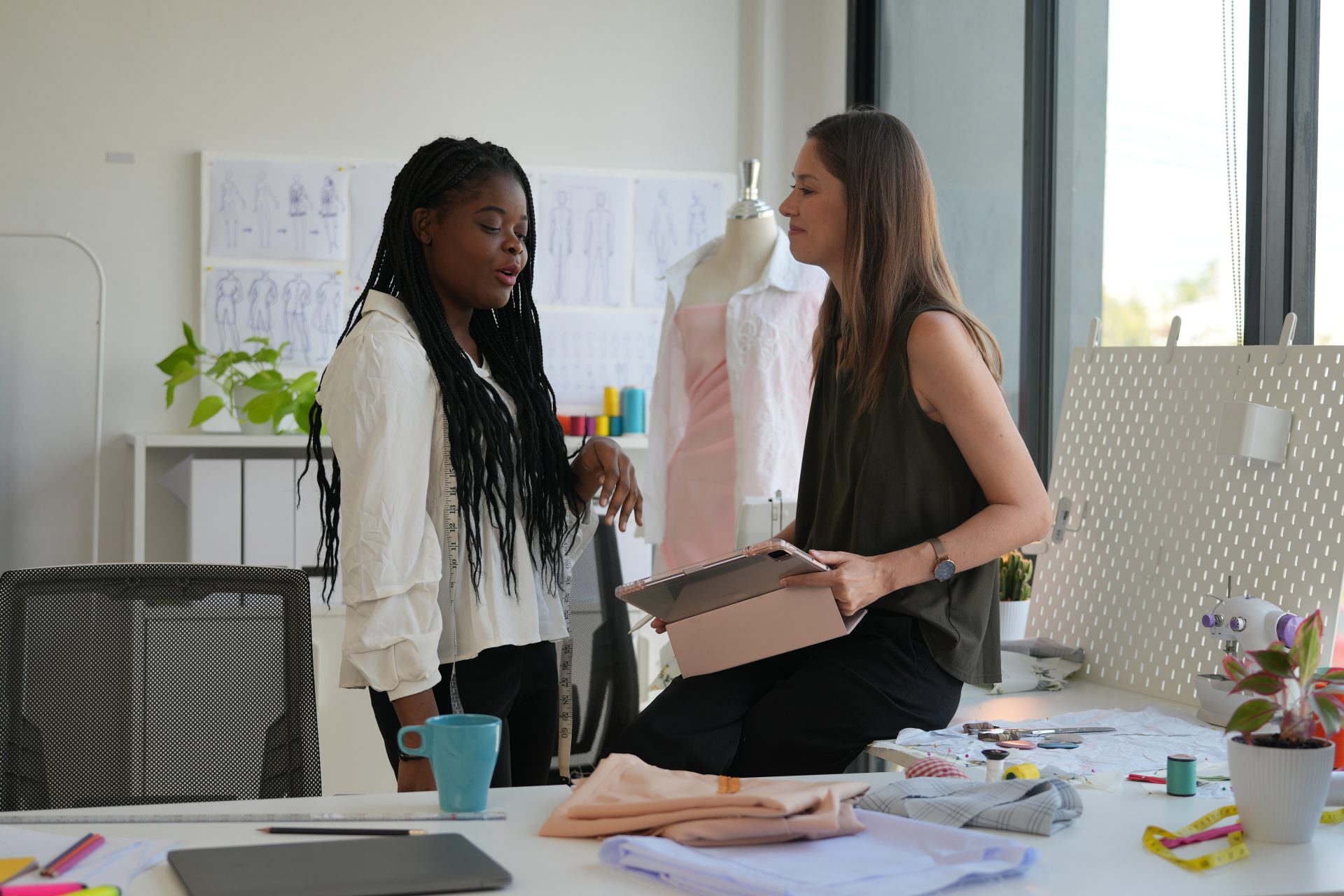
As a movement, it’s quite literally fabulous in that it can serve anyone—like the “make do and mend” ideal during wartime—that is, if it goes beyond hand-waving and what @thedisposablefashionjournal has called “the cult of the aesthetic.”
Sustainable fashion has a practical side that cannot be ignored. On a recent weekend jaunt to Los Angeles, I stumbled upon a pop-up shop that dedicated itself entirely to sustainable accessories. You might say that this shop was the very embodiment of the concept.
It had an electric atmosphere as customers interacted with the staff, who seemed more like educators than salespeople. Shoppers moved from item to item, touching, trying on, and contemplating the various statement pieces, while asking all the right questions about materials and manufacturing processes. The interaction seemed a blend of commerce and performance art—something to experience rather than simply to engage in for the sake of making a sale.
I have always thought of style as something deeply intertwined with our personal histories. Sustainable style, which I clearly favor, possesses not one but several extra layers of meaning. It’s the Sixth Avenue that leads to the heart of the fashion world in a direction where “good craftsmanship” and “good character” in the pieces I choose become, I believe, the very basis of something I can get behind 100 percent: a fashion movement that, with every stitch, seems to be stitching up its collective conscience.
You could say that aestheticizing sustainability is the latest way young American fashion designers are earning their keep. The current state of fashion reflects our times and highlights our shared hopes for a better world. That much is clear.
But this evening, I’d like to talk about something more specific: how the moment we find ourselves in is influencing the design of what, in my opinion, is the very best sustainable menswear out there. I don’t mean sustainable in the widely understood sense of “not obviously harmful”—ecological or otherwise. I mean sustainable as in “making a positive difference.” And when it comes to that kind of sustainable design, there are no brands better than the three I’ll discuss this evening.
This voyage into sustainable fashion has introduced me to the countless opportunities that exist at the intersection of creativity and responsibility. It’s a shifting, almost chaotic, territory that demands we reconsider our selections and recast what it might mean to be fashionable. When I think about sustainable fashion, I look to its champions for inspiration.
They often seem to function as artists, with their husbands and wives, parents and children, or partners functioning as their studio assistants. They brush the palette, making choices vibrant and filled with texture. To these figures, real fashion is the production of something beautiful that also happens to use wise, “sustainable” ingredients.
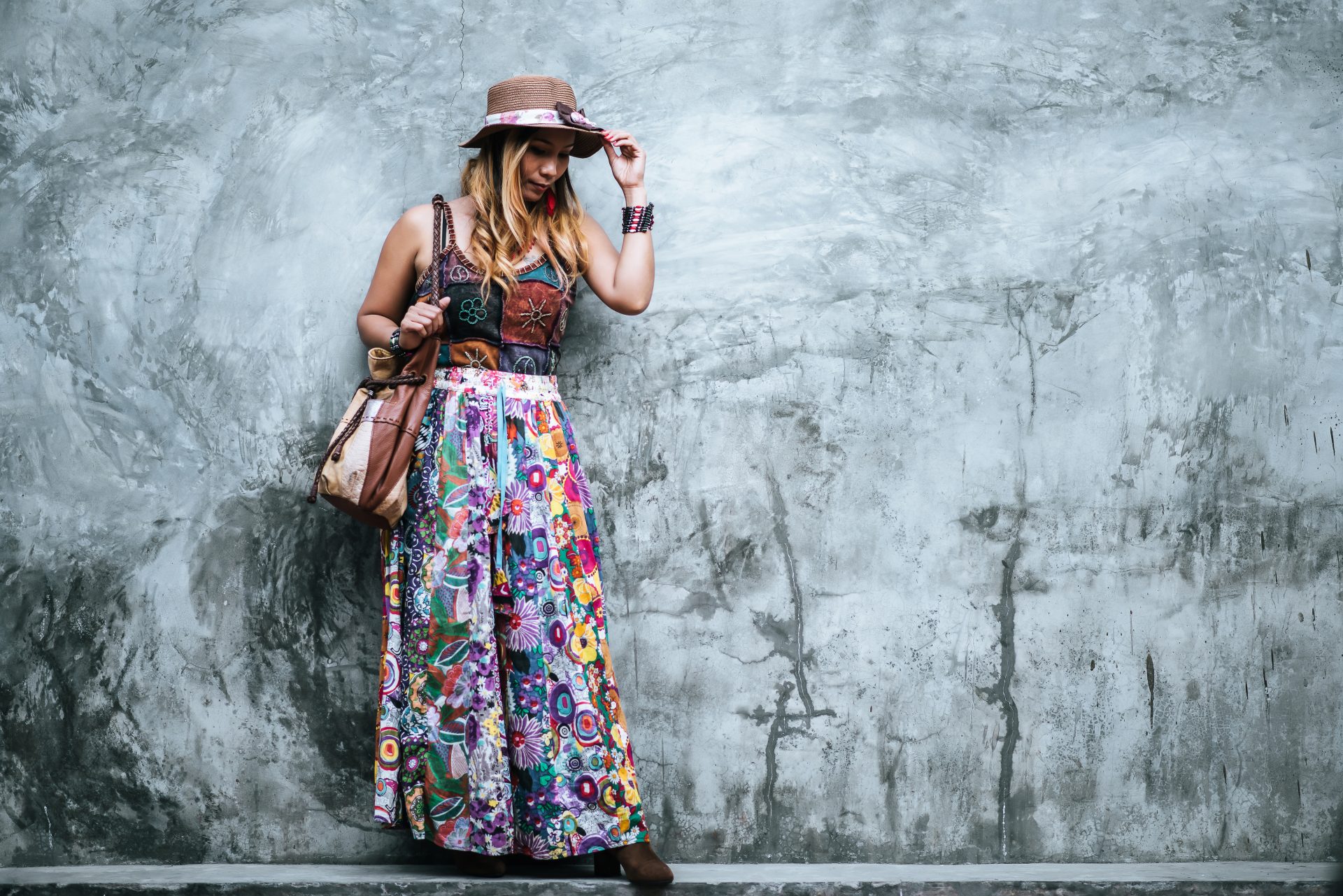


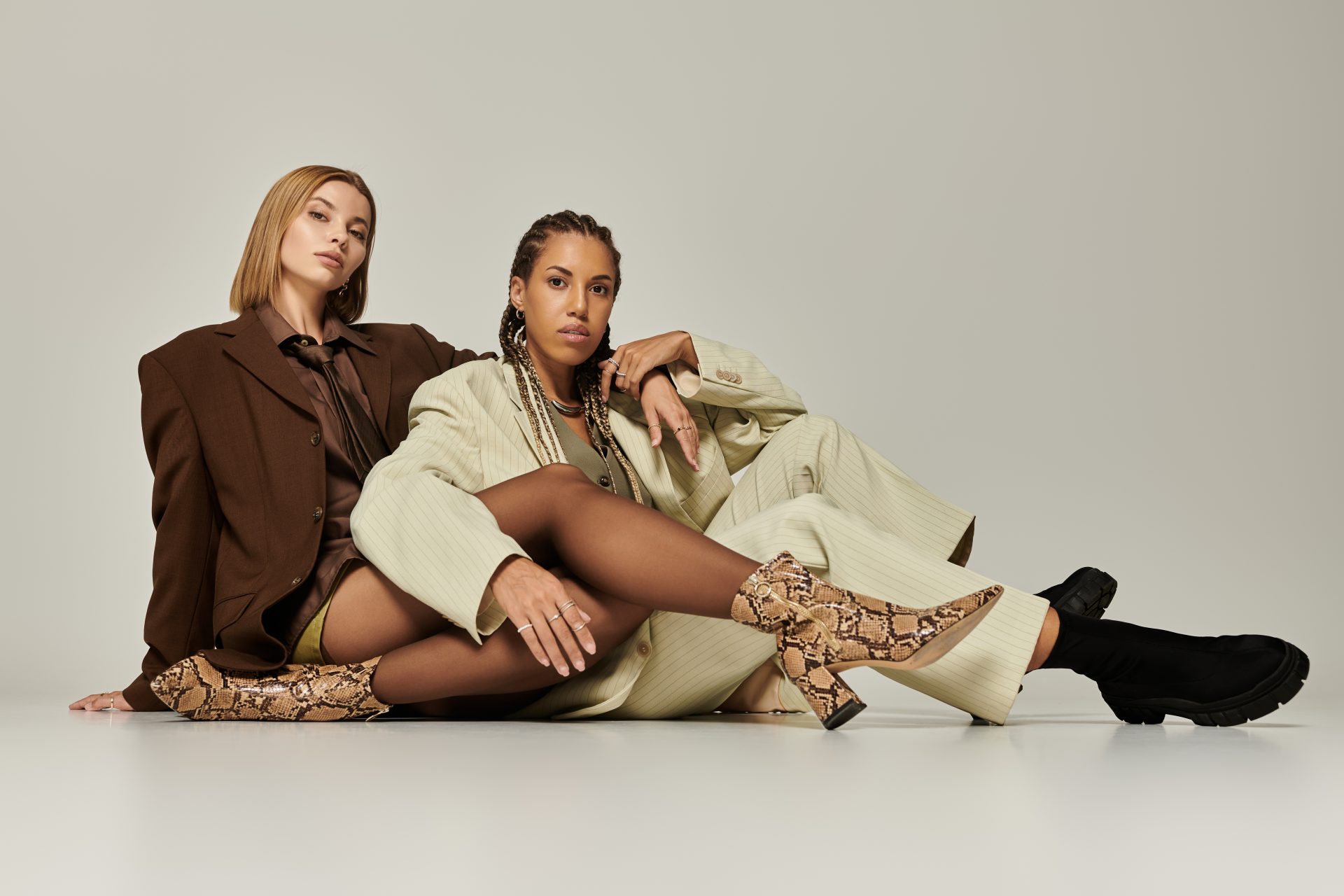
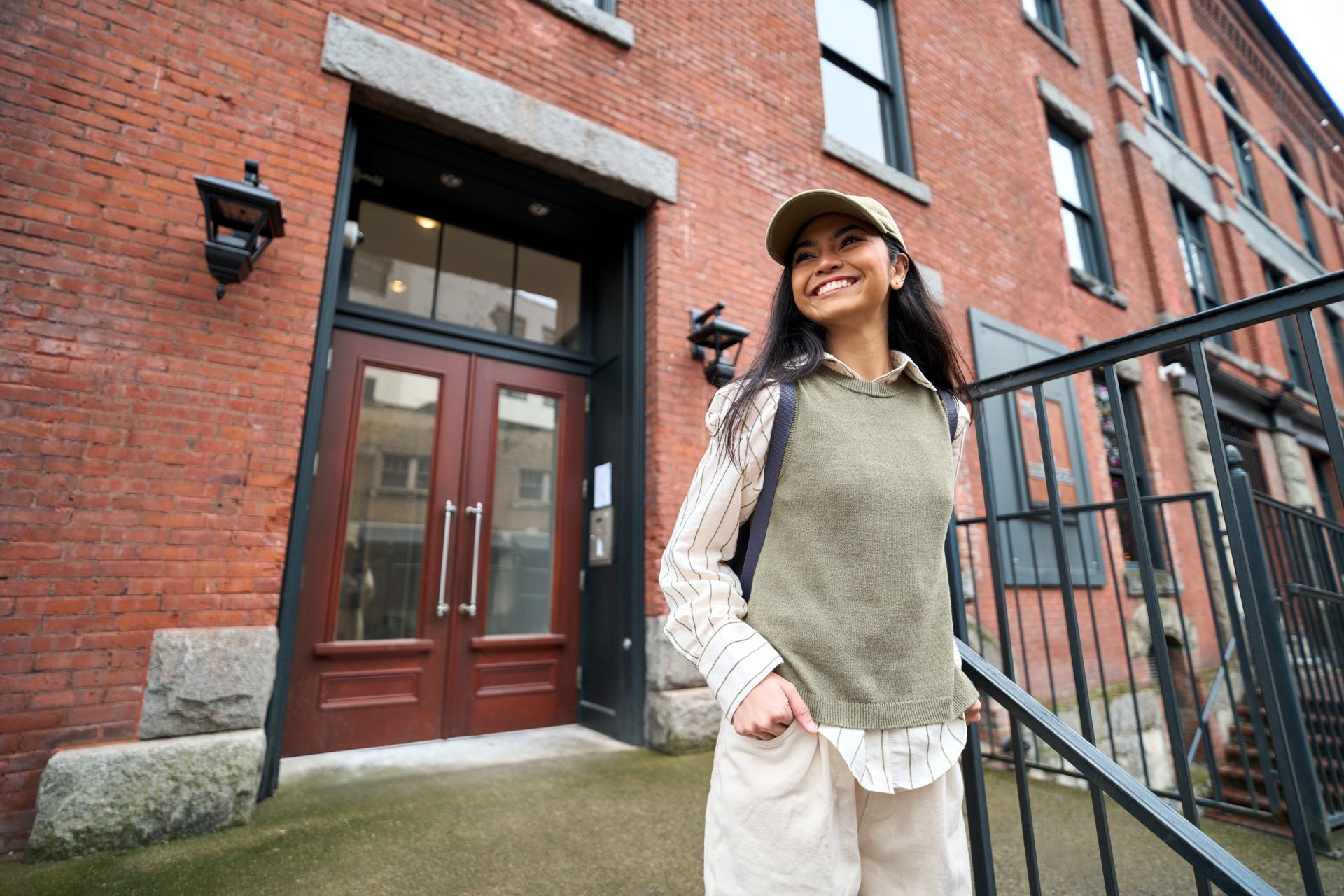
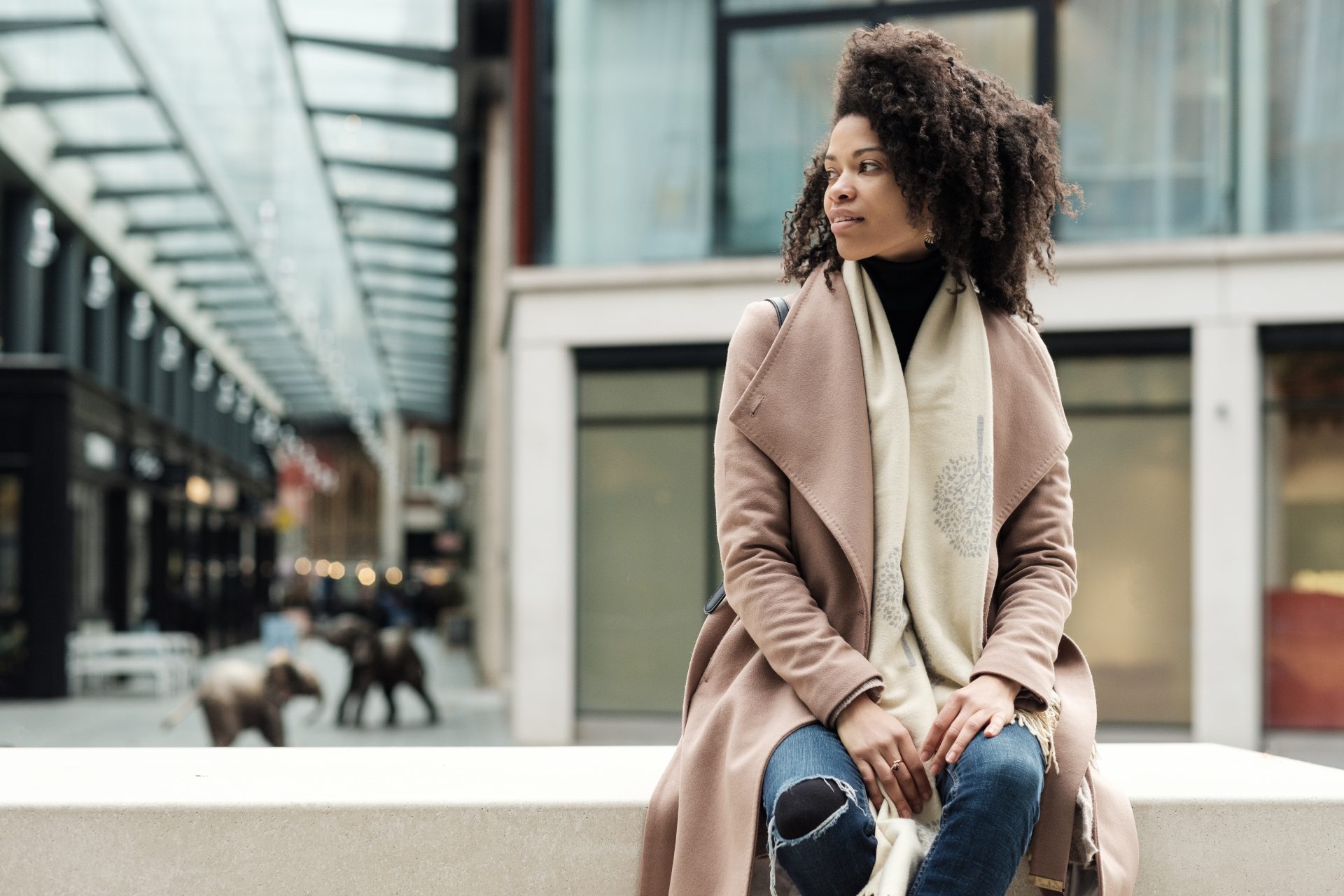
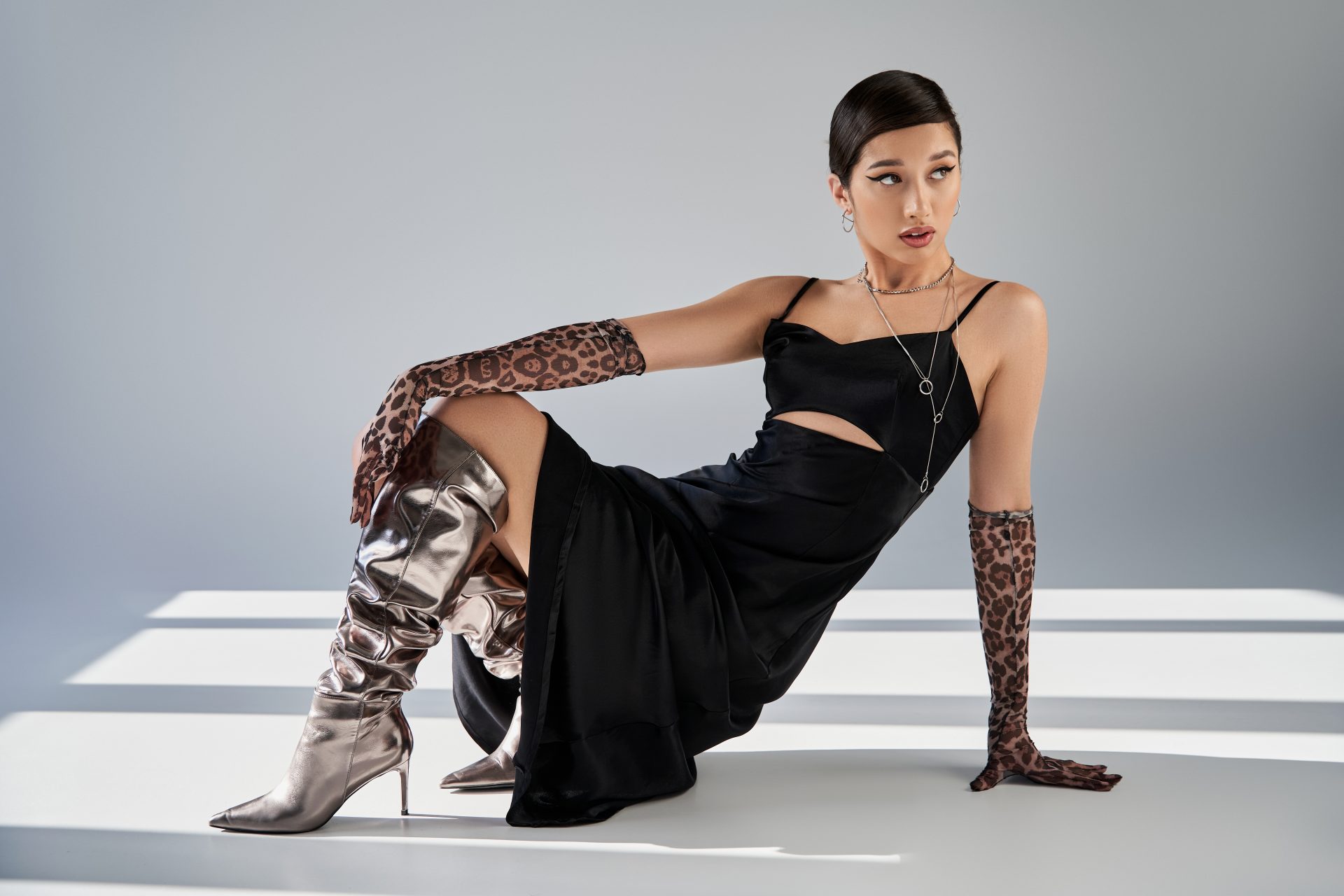

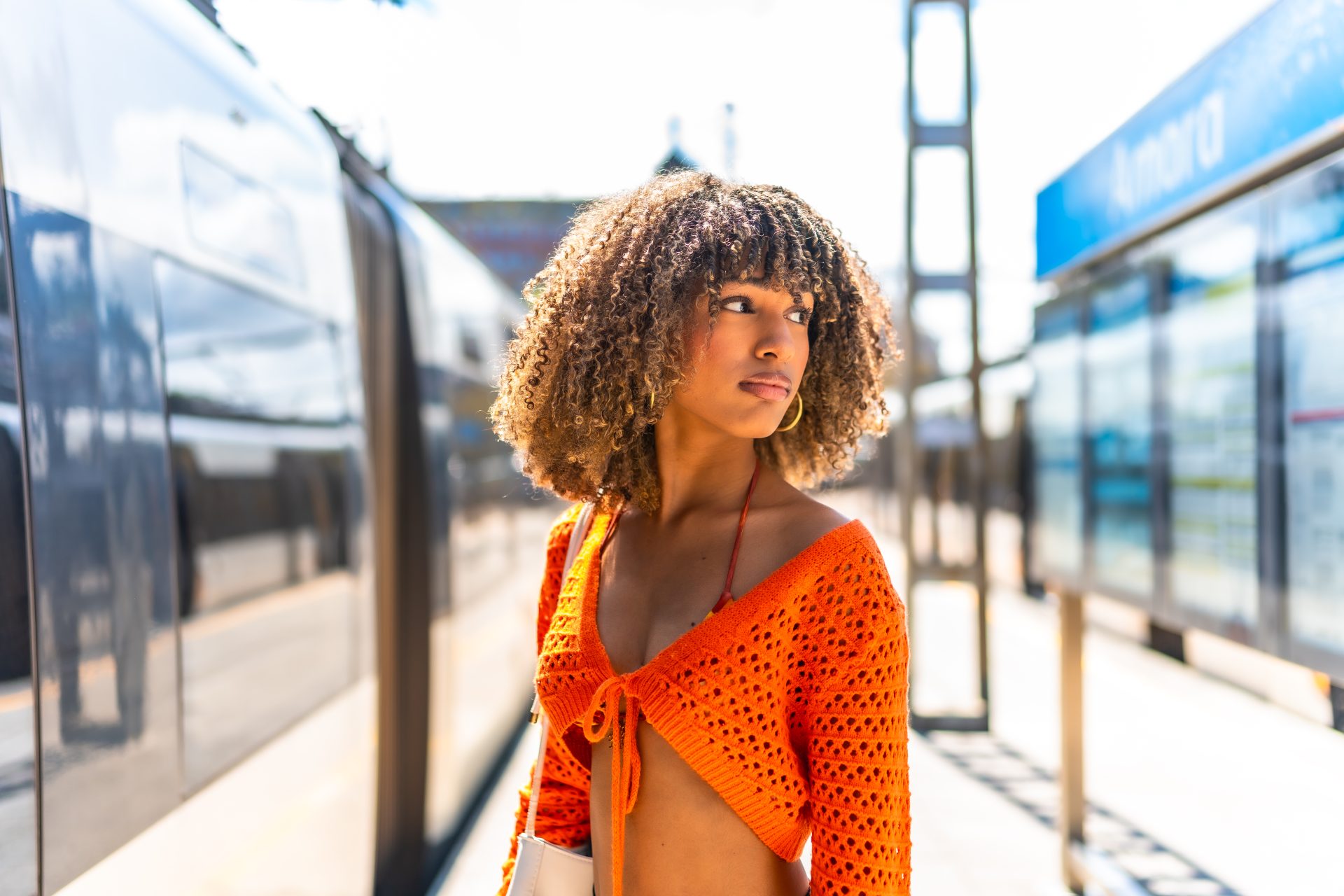
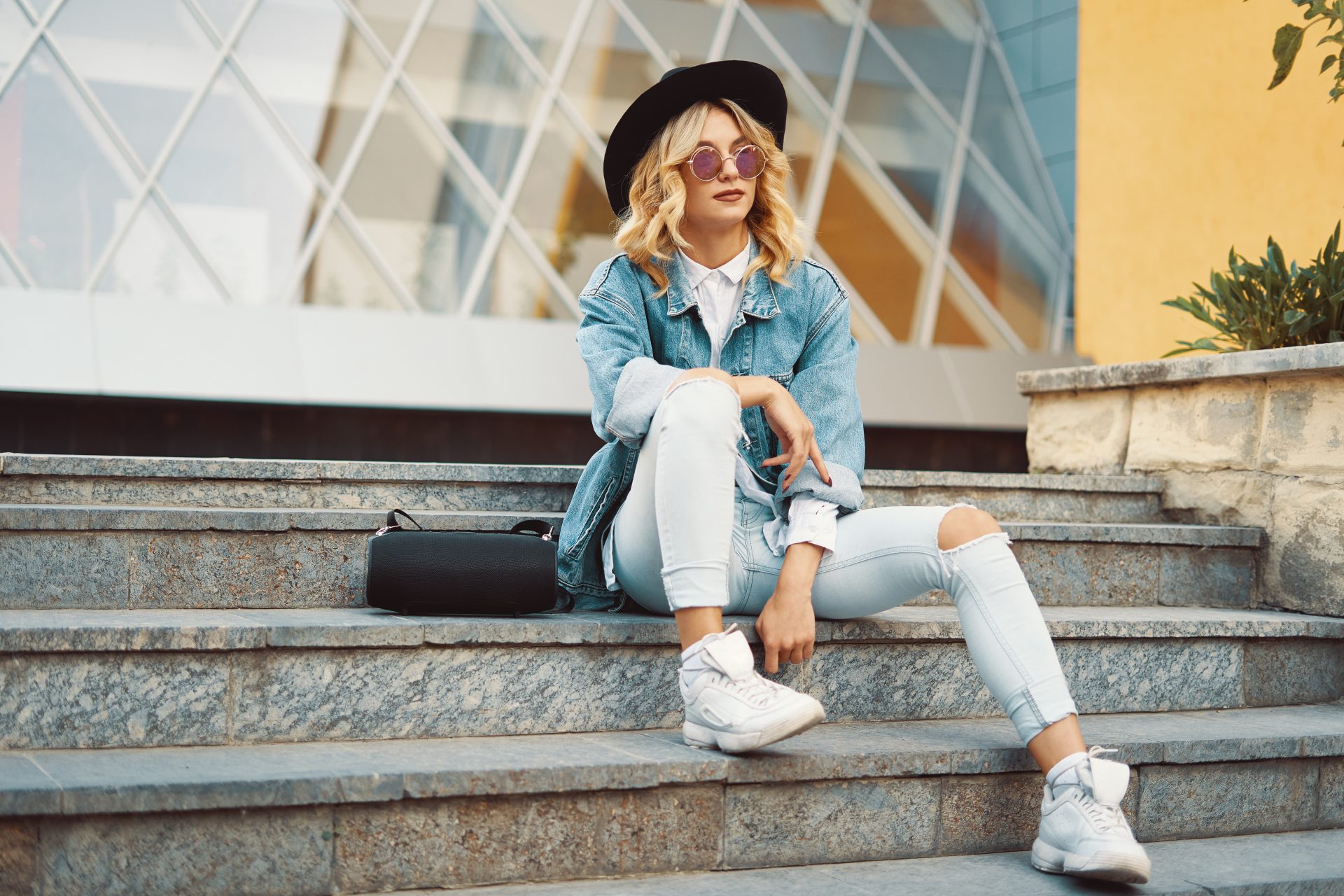
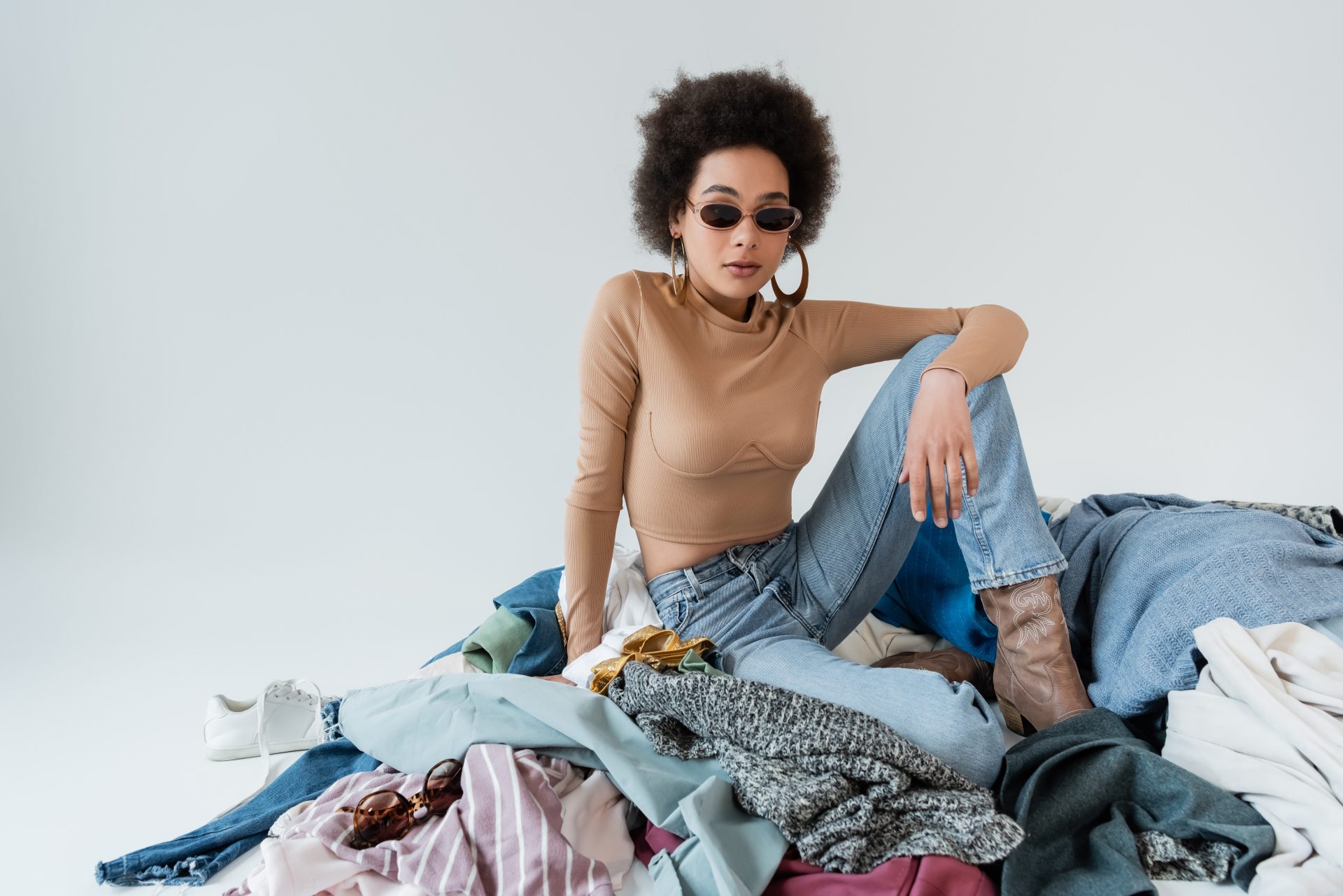
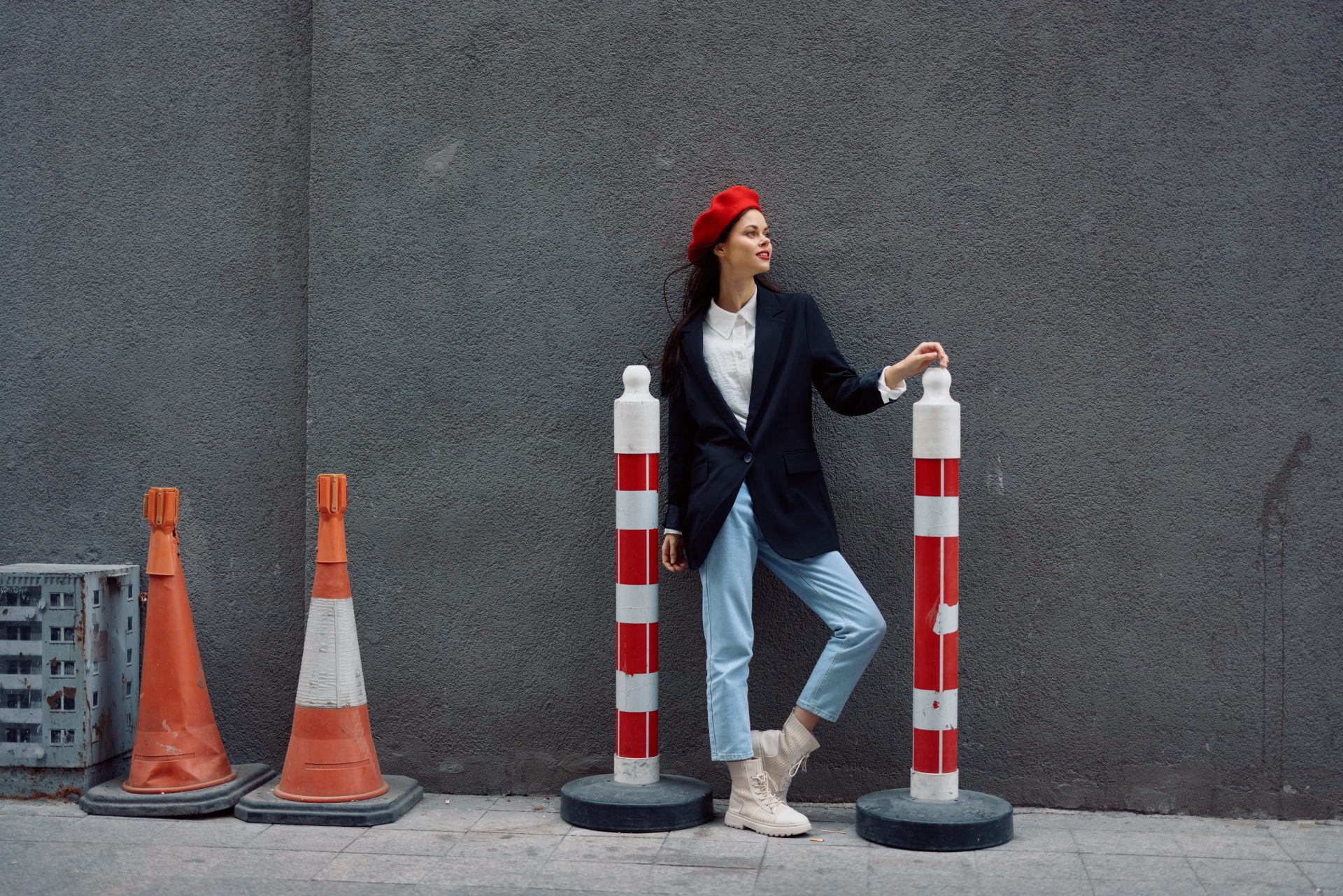
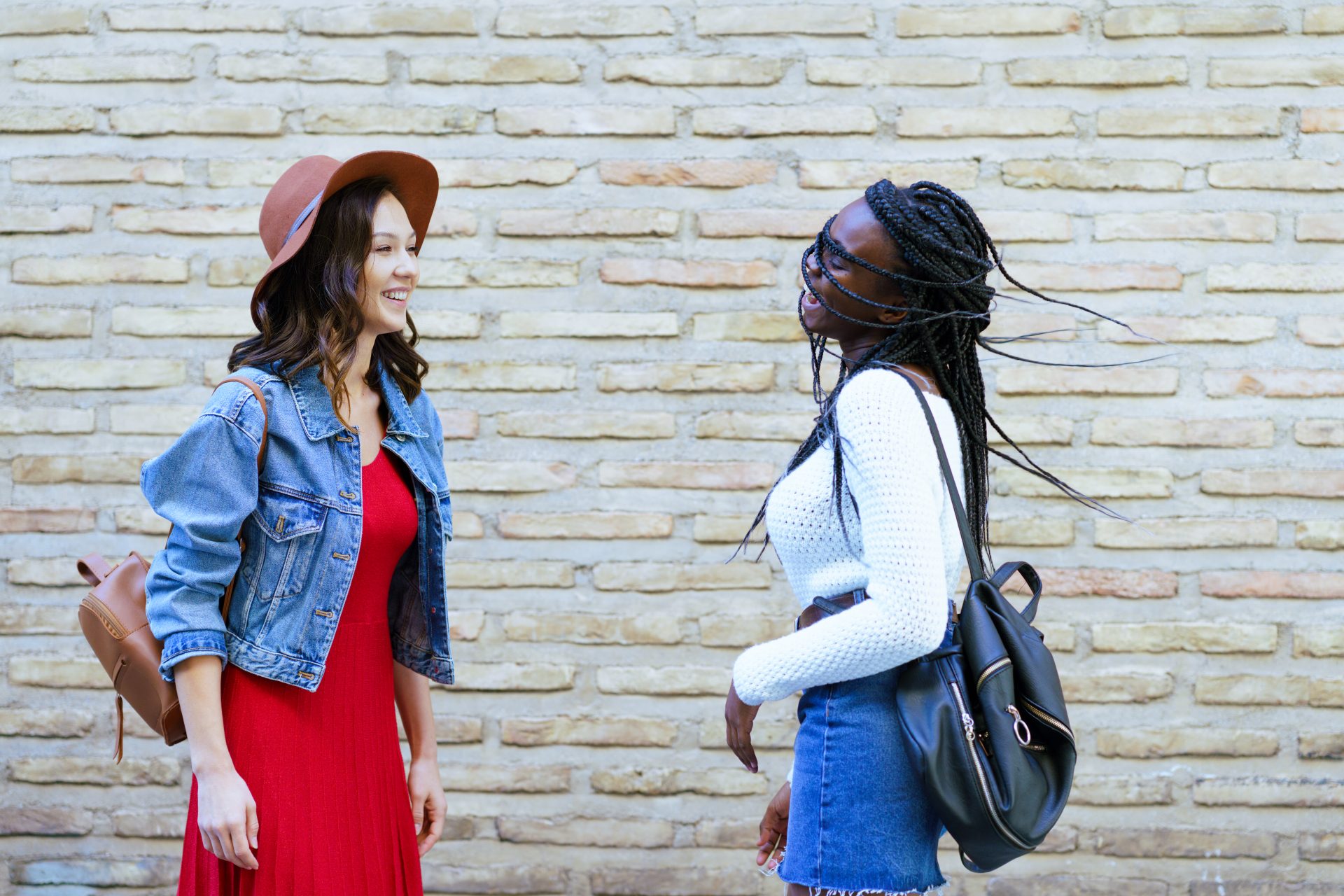
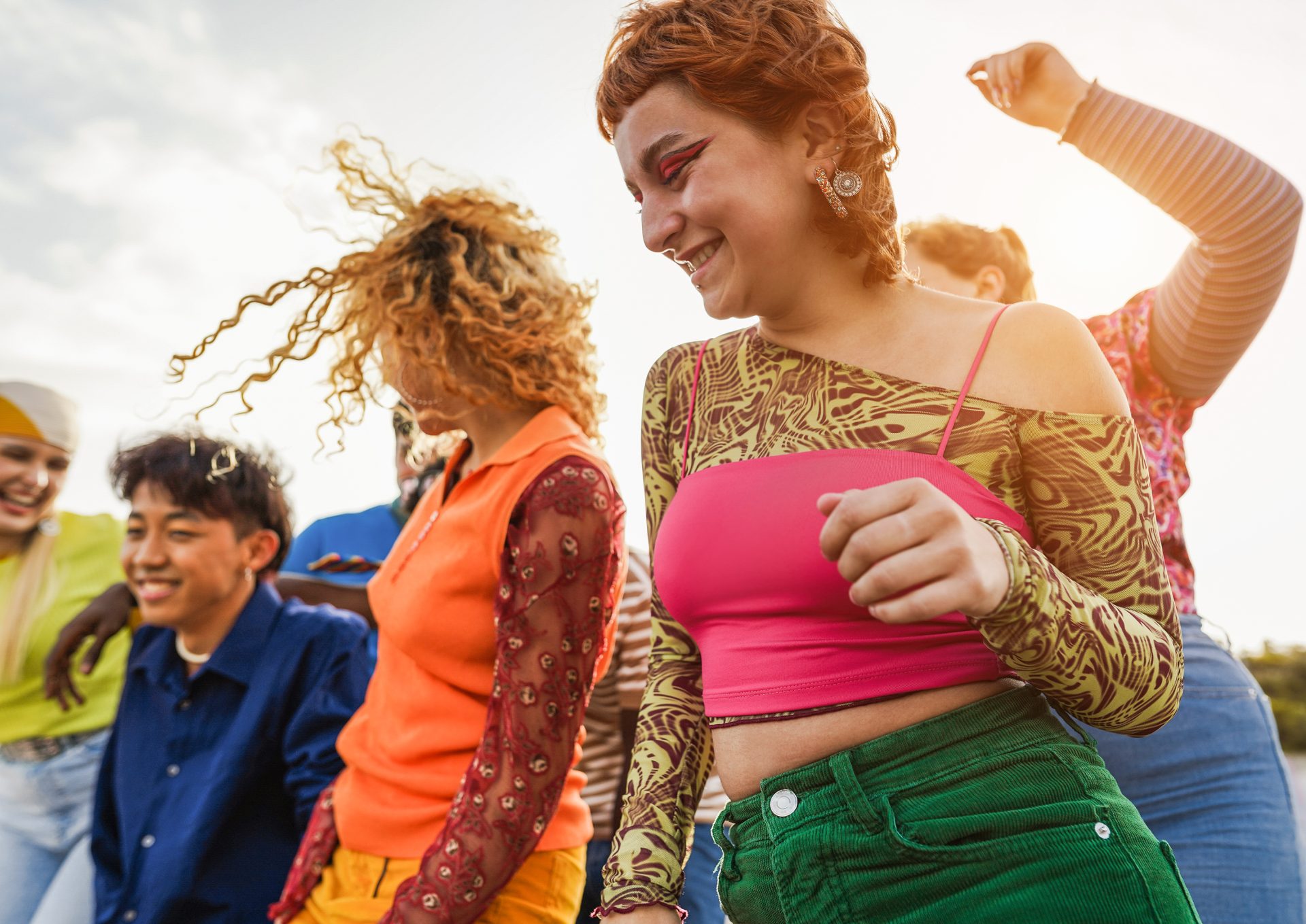

0 Comments